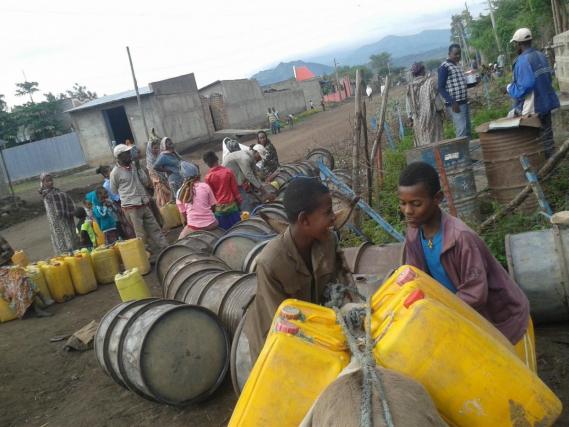Assessing Value for Money of WASH services in small towns. Read the main findings on the analysis of costs for providing water and sanitation services in small town in Ethiopia.
Published on: 02/12/2016

In Ethiopia, there are very few published cost studies for large and small town water supply programmes against which to compare costs and derive benchmarks. There are even fewer sources of cost studies for sanitation. With these few exceptions the information is not available online.
The main findings from a recent study on the analysis of costs for providing water and sanitation services in small town in Ethiopia are:
These are some of the conclusions presented in the Value for Money learning note that IRC Ethiopia was asked to develop focusing on the urban component of the ONEWASH Plus Programme which is implemented by UNICEF with the Government of Ethiopia (GoE) and funding from DFID. The programme aims to provide support to capacity building and management for better services in eight small towns and the surrounding villages.
The Value for Money analysis focused on capturing all the costs from all sources of finance for constructing systems and maintaining services in eight small towns and surrounding villages; comparing results with other similar programmes and their costs and an in-depth analysis of procurement processes and other factors that might influence efficiency and sustainability.
The full learning note with all the data and references can be found below under Resources.
For a description on costs and tools see IRC's Quick Guide to Costs listed below under Useful Links.